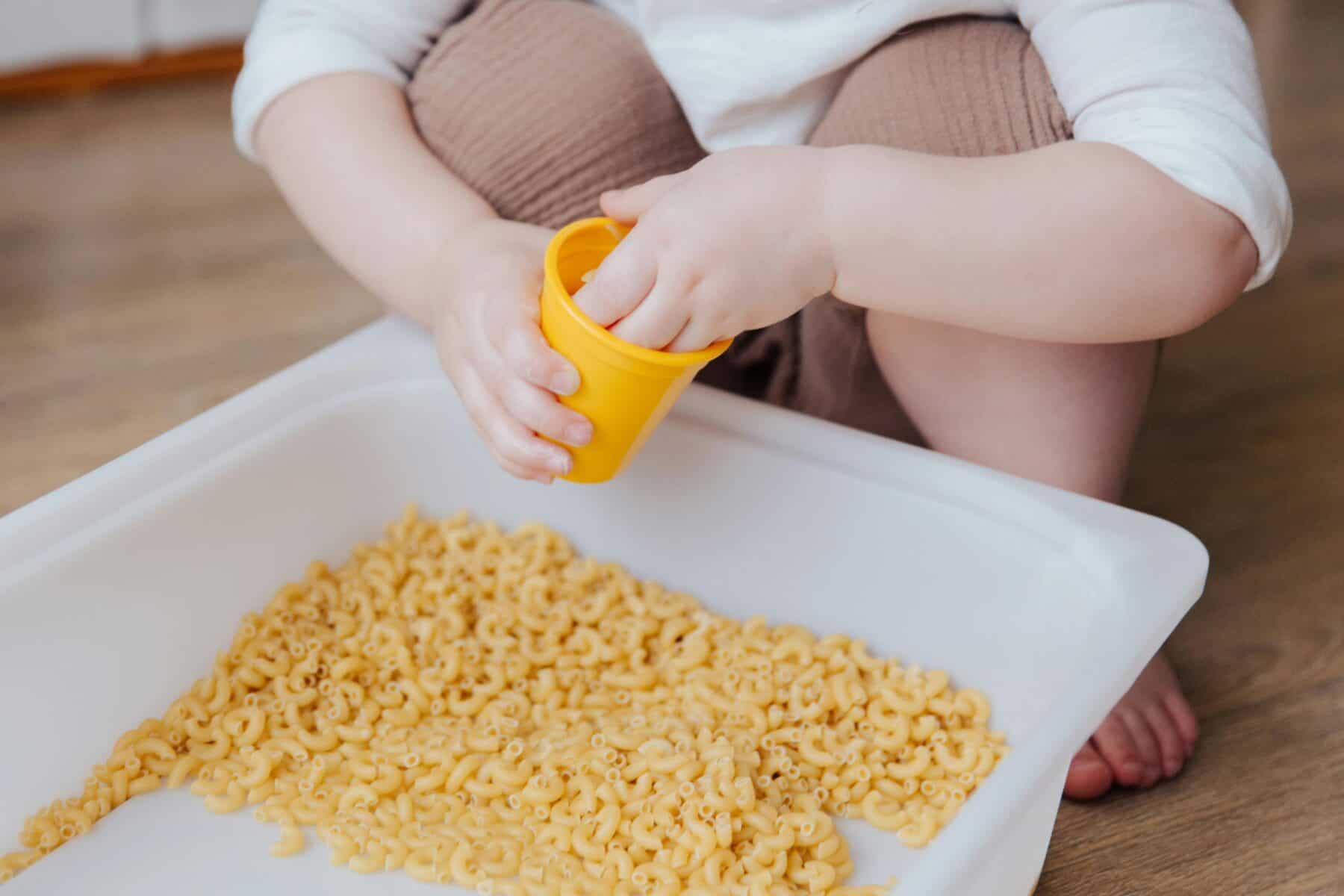
Navigating Summer with Sensory Processing Disorder (SPD)
Summer is a season of joy, relaxation, and adventure. Families look forward to beach trips, parades, carnivals, and vacations. However, for children with Sensory Processing Disorder (SPD), summer can be filled with stress and challenges. Many parents first notice sensory issues in their children during this time, observing that they become easily overwhelmed in crowds, struggle with loud noises, have difficulty transitioning between activities, and find it hard to stay calm in the heat.
SPD affects a staggering 1 in 6 children, and these numbers are steadily rising. Despite its prevalence, SPD is often overlooked or misunderstood by healthcare providers. Children with SPD have a nervous system that cannot properly filter and regulate sensory input, leaving them in a constant state of sensory overload. Pediatricians sometimes dismiss parents’ concerns, attributing these behaviors to “phases” that will pass. However, early intervention is crucial for children with SPD to thrive. It’s important to address the root cause of SPD rather than just offering temporary solutions.
Recognizing Common Signs of Sensory Processing Disorder
Children with SPD may exhibit a variety of signs, including:
- Oversensitivity to Touch and Environment: They may react strongly to certain textures, avoid being touched, or find clothing uncomfortable. Normal sounds can be distressing, and loud noises like vacuum cleaners or sirens can cause significant discomfort.
- Sensory Seeking or Avoiding: Some children constantly seek strong tactile sensations or engage in rough play, while others may avoid physical contact, become upset during haircuts or teeth brushing, or refuse to try new foods.
- Challenges with Motor Skills: SPD can make it difficult for children to perform tasks such as buttoning clothes, using utensils, writing, or engaging in activities like running, jumping, or riding a bike.
- Balance and Coordination Issues: Frequent tripping, falling, or appearing clumsy are common indicators of SPD.
- Poor Spatial Awareness: Children might struggle to understand where their body is in space, leading to bumping into objects or people.
- Overwhelm in Crowded Places: Busy environments like malls, parks, or parties can be overwhelming and cause anxiety.
- Difficulty with Transitions: Changing from one activity to another or moving between different environments can trigger meltdowns or anxiety.
- Emotional Outbursts: Sensory overload can lead to frequent tantrums and difficulty self-soothing, often requiring external help to calm down.
- Variable Activity Levels: Depending on whether they seek or avoid sensory input, children may be hyperactive or lethargic.
- Sleep and Attention Issues: Sensory sensitivities can make falling and staying asleep difficult, and focusing on tasks may be a challenge.
- Repetitive Behaviors: Engaging in repetitive motions or actions can be a way to self-soothe or manage sensory input.
Understanding the Nervous System’s Role in SPD
Sensory processing involves a complex three-part process:
- Sensory Input: Sensory nerves and the spinal cord collect information from both internal and external environments.
- Processing: The brain and central nervous system interpret this sensory information, deciding what to pay attention to and what to ignore.
- Response: The brain sends signals to various parts of the body to react appropriately to the sensory input.
When the pathways transmitting sensory information to the brain and nervous system are disrupted, the brain receives inaccurate signals. This leads to poor decision-making and problematic responses. The root cause of SPD often lies in a neurosensory communication issue known as subluxation or nervous system dysregulation.
The Perfect Storm: Contributing Factors to SPD
Several factors can create a “perfect storm” for the development of SPD:
- High-Stress Pregnancy: Maternal stress during pregnancy can affect fetal brain development, increasing the risk of sensory processing difficulties.
- Birth Interventions: Procedures like forceps use, vacuum extraction, induction, and cesarean sections can alter the brainstem’s function, which is vital for processing sensory information.
- Environmental Factors: Exposure to toxins, pollutants, and other environmental stressors can impact neurodevelopment and contribute to sensory processing issues.
- Genetic Predisposition: Some children may have a genetic vulnerability to SPD, which can be triggered by environmental factors or stressors.
Understanding these factors can help parents and healthcare providers identify children at risk for SPD and provide early, effective interventions.
The Path Forward: Neurologically-Focused Chiropractic Care
Traditional medical tests often fail to uncover the root causes of SPD. However, Neurological INSiGHT Scans can detect subluxations, nervous system dysregulation, and dysfunction. These scans reveal what’s driving your child’s sensory difficulties and frequent meltdowns.
If you’ve spent months or even years trying occupational therapy and making sensory accommodations part of your daily routine, and you’re seeking a more straightforward solution, it’s time to learn about Neurologically-Focused Chiropractic Care.
This specialized form of chiropractic care addresses the underlying causes of SPD. By correcting subluxations and restoring proper communication within the nervous system, chiropractic care helps improve sensory processing. As the nervous system begins to function better, children often experience improved emotional regulation, fewer outbursts, better focus, and improved sleep.
Taking Action: Support and Healing for Your Child
If you suspect your child may have Sensory Processing Disorder, reach out to Addasu Family Chiropractic today! Early intervention with the right care can make a significant difference in your child’s development and overall well-being. If you are not local, use the PX Docs directory to find a PX Doc near you.
Neurologically-Focused Chiropractic Care offers a non-invasive, drug-free approach to addressing the root cause of SPD. By understanding the signs, contributing factors, and available care options, you can support your child’s sensory processing and enhance your family’s quality of life.
Keep advocating for your child and seeking the best possible care. With the right guidance, your child can thrive and enjoy a happier, healthier life.

